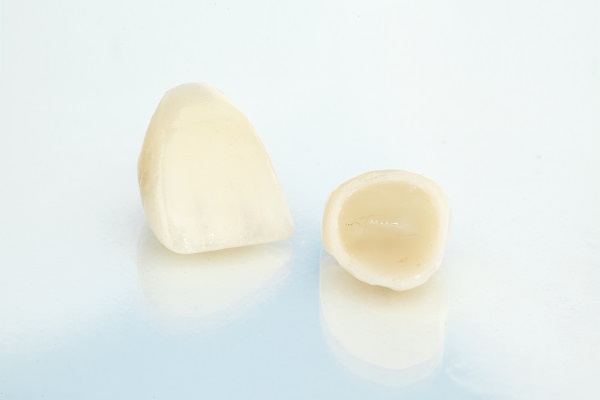A Step-by-Step Look into How CEREC® Crowns Are Made

The acronym CEREC® stands for Chairside Economic Restoration of Esthetic Ceramics, and it allows dentists to create customized dental crowns while the patient waits in the clinic. The conventional way of making crowns requires the dentist to send an impression of the patient's teeth to a dental lab that makes restorations. The process typically takes about two weeks for the finished crowns to get back to the dentist. Thanks to CEREC®, patients can now get crowns, and other restorations like veneers, installed during a single visit.
The process of fitting patients with CEREC® crowns
Here is what patients who are interested in getting CEREC® crowns should expect when they go to the dentist:
- The examination: The first step involved in creating CEREC® restorations is a consultation with a dentist. The dentist will thoroughly examine the patient's teeth and gums and decide if crowns are a good way to fix their problems. Crowns are versatile restorations that are used to address a wide range of issues like chipped, broken, fractured, deformed, decayed or stained teeth. The severity of the patient's issues often determines if some less invasive treatment like composite bonding is an option. The dentist will educate the patient about all their options before proceeding with a crown.
- Preparing the tooth: The next step is to prepare the patient's tooth for the dental crown. This involves removing portions of enamel from all four sides of the tooth. A shot of a local anesthetic is typically administered before doing this. The dentist will also remove any decayed or damaged matter on the tooth.
- Creating a digital impression: Getting a conventional crown often requires patients to bite down on a mold, but things are different with CEREC®. Instead of a mold, the dentist applies a tasteless powder to the tooth and uses a dental camera to make a digital impression of the tooth.
- Designing the restoration: Next, the dentist will design the patient's crown using the digital impression created earlier. The patient gets to add their input during this process. The dentist adjusts the size, shape and color of the restoration being designed until it blends it with the patient's real teeth. The data is then forwarded to a CEREC® machine that creates restorations out of ceramic blocks. The process takes as little as 20 minutes and it is often done while the patient waits in the treatment chair.
- Attaching the crown: Once the crown is ready, the dentist will place the crown on the patient's tooth to evaluate how it looks. Any alterations needed are made, then the dentist uses dental cement to attach it to the patient's tooth.
That completes the process of getting CEREC® crowns and the patient leaves with the appearance and function of the treated tooth fully restored.
Fix your damaged teeth with crowns
Call or visit our Brevard clinic to learn more about how crowns can be used to fix damaged teeth. Our dentist will evaluate your teeth and determine if it is the best option for you.
Request an appointment here: https://www.carolinasmilesdentist.com or call Carolina Smiles Family Dental at (828) 974-3326 for an appointment in our Brevard office.
Check out what others are saying about our services on Yelp: Read our Yelp reviews.
Recent Posts
Invisalign® for teens can offer adolescents a more comfortable and more discreet option for straightening their teeth. For years, braces were one of the only options for effectively treating a crooked smile. Even though Invisalign® has been providing an alternative for decades, some people may not be familiar with who it is for and how…
Braces have been used for teeth straightening treatments for centuries, and they remain one of the options a dentist might recommend for patients with teeth alignment issues like overbites, crossbites, crooked, and misaligned teeth.Besides ruining the way your smile looks, these teeth alignment problems can also lead to symptoms like headaches, toothaches, and jaw pain.…
As a child’s mouth and teeth develop into adolescence, it may become apparent that there are problems with alignment or spacing. Invisalign® for teens presents an alternative to traditional metal braces but without sacrificing the quality of results of corrective treatment. The specifics of a teen’s condition may impact the eligibility of this alignment option,…
The teenage years can be awkward, especially for those who have to deal with crooked teeth. Invisalign® presents an alternative to traditional braces, and these clear aligners can have the same corrective impact with less discomfort both physically and socially for a self-conscious teen. The benefits of clear aligners and the ability to correct an…


